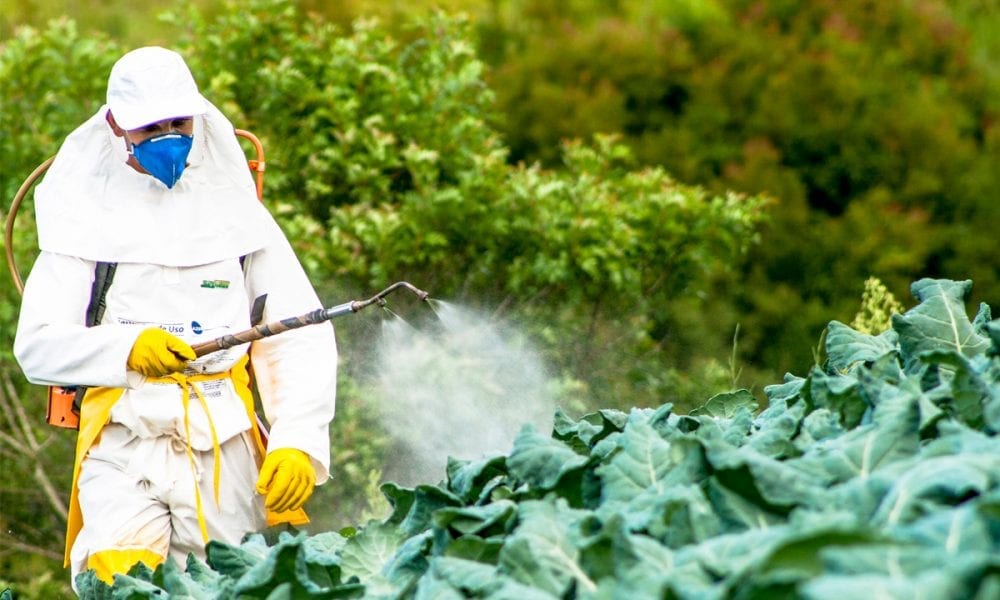
Pesticides – What’s Really In Our Food?

Whenever you pick up a delicious looking fruit or veg, chances are it may have been in contact with a pesticide. Pesticides are chemical substances that are sprayed on fresh produce before harvesting to control the infestation of pests and weeds.
With the increased use of strong chemicals in agriculture, it’s more vital than ever to be mindful of what you eat and to be informed on where your fresh produce came from. And it is equally essential to be aware of what procedures they’ve gone through from planting to harvesting to the supermarket.
Harmful Effects of Pesticides on Your Health
 Pesticides can have many harmful effects on the environment as well as on your health. If you experience any of the following symptoms, you may have consumed foods that had high levels of harmful chemicals in them.
Pesticides can have many harmful effects on the environment as well as on your health. If you experience any of the following symptoms, you may have consumed foods that had high levels of harmful chemicals in them.
Short-term Effects
If you have been exposed to pesticides for a short amount of time, you may experience the following short-term effects within 48-hours:
- A sore throat that is accompanied by a cough
- Respiratory tract inflammation or irritation
- Allergic reaction
- Vomiting and nausea
- Straining headaches, dizziness or even feeling faint
- Eye and skin irritation
- Fatigue
Long-term Serious Effects
Continuous exposure to pesticides can have serious consequences. Even if the exposure is only at low levels, the repeated exposure can cause some of the following long-term severe effects:
- Asthma
- Cancers like non-Hodgkin’s lymphoma and Leukemia
- Mental instability due to depression and anxiety
- Development of Parkinson’s disease
- Development of ADHD (attention deficit and hyperactivity disorder)
Although studies are still in process, the severe above-mentioned health risks have been linked directly to the exposure of pesticides. Because of the terrible consequences, many farms have stopped the use of harmful pesticides. Buying organic produce is not only a fad taken up by many consumers, but it’s also a movement that is ensuring the health of the community.
Action Against Pesticides
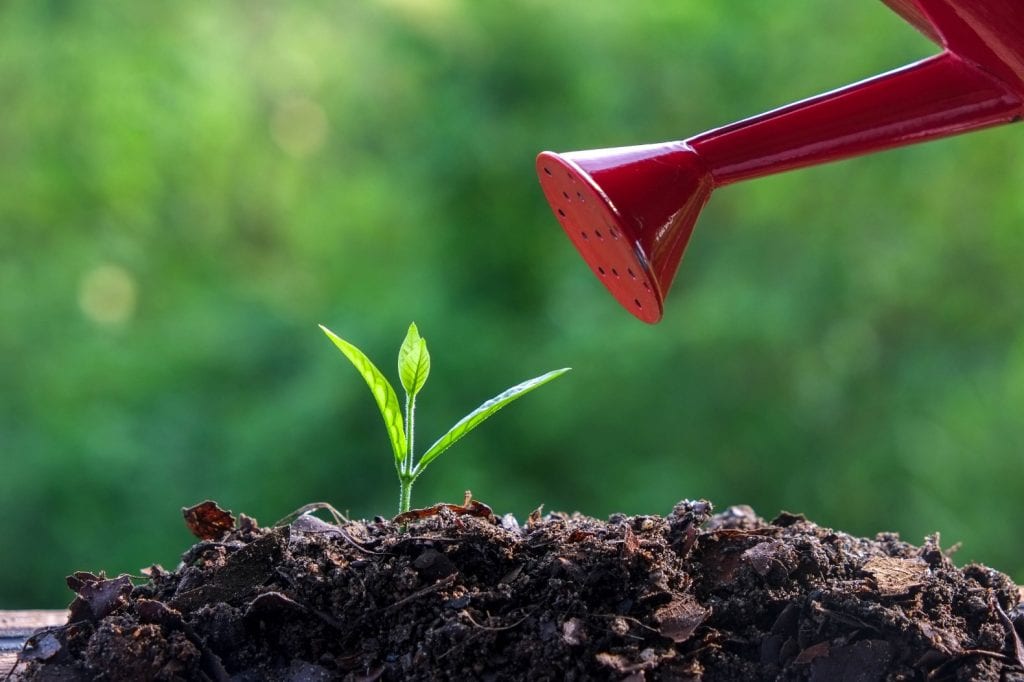 A nonprofit organization named EWG (Environmental Working Group) was created solely to ensure a decrease in unhealthy produce distribution. The American activist group specializes in scientific research of toxic chemicals, pollution of drinking water, and corporate accountability. Through their studies, the organization cleverly constructed a list of 48 fruits and vegetables that are consumer-friendly.
A nonprofit organization named EWG (Environmental Working Group) was created solely to ensure a decrease in unhealthy produce distribution. The American activist group specializes in scientific research of toxic chemicals, pollution of drinking water, and corporate accountability. Through their studies, the organization cleverly constructed a list of 48 fruits and vegetables that are consumer-friendly.
The EWG’s Shopper’s Guide to Pesticides in Produce™ is a brilliant guide that lists and ranks 48 fruits and vegetables according to the grade of toxic pesticide contamination. The guide is determined by tests done on more than 35,200 fruit and vegetable samples by the U.S. Department of Agriculture and Food and Drug Administration.
Thorough tests for pesticides are done on produce samples after they are thoroughly washed, peeled, packaged, and ready to be eaten. Pesticide residues can still be detected on ready-to-be-sold fruits and veggies. EWG’s Shopper’s Guide helps buyers to make the best choices when buying produce helping them reduce their families exposure to toxic pesticides.
EWG’s Fight for Consumer’s Health Rights
Since EWG’s start in 1993, they have fought continuously for consumer’s rights to eat healthier fruits and 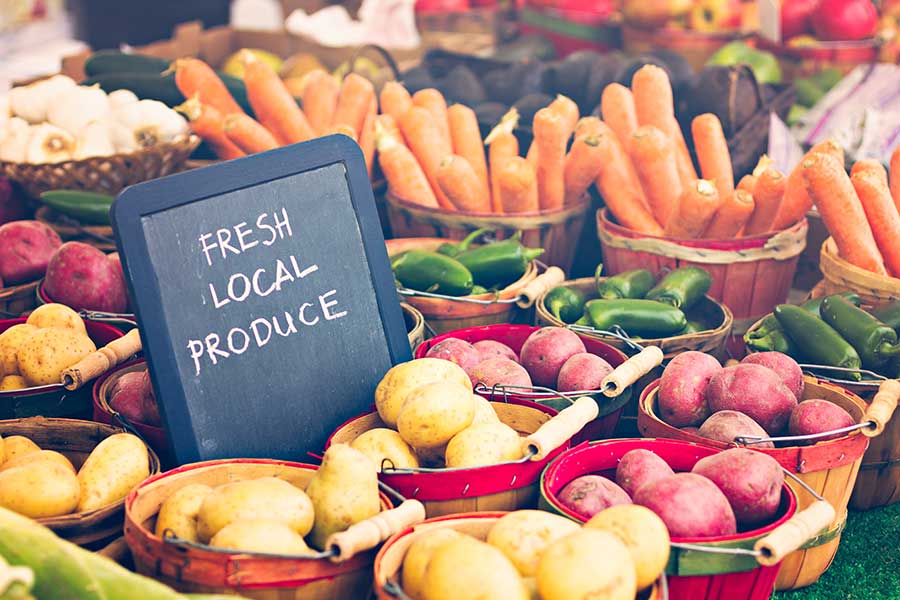 vegetables. The EWG’s guide updates their list every year. Their first report in 1993 about Pesticides in Children’s Foods played an essential role in Congress setting up the Food Quality Protection Act two years later.
vegetables. The EWG’s guide updates their list every year. Their first report in 1993 about Pesticides in Children’s Foods played an essential role in Congress setting up the Food Quality Protection Act two years later.
This law gave regulatory authority to the Environmental Protection Agency to ensure that pesticides used in foods aren’t harmful to babies and children. EWG’s research found weed killers in Midwestern tap water and carcinogenic pesticides in food for babies. Even though EWG is proud to have played a role in this monumental step towards healthier produce, their work is far from done. Farmers still use vast amounts of toxic pesticides on fruits and vegetables that are being detected by the USDA.
The Dirty Dozen and the Clean Fifteen
The EWG created these lists to help consumers make better choices when buying fruits and veggies. The Clean Fifteen lists the fruits and vegetable you can buy in non-organic form; These products have a protective outer layer that is used as a defense against pesticides:
Clean Fifteen
- Onions
- Avocados
- Sweet corn
- Pineapples
- Mangoes
- Sweet peas (frozen)
- Asparagus
- Kiwis
- Cabbage
- Eggplant
- Cantaloupe
- Cauliflower
- Grapefruit
- Sweet potatoes
- Papayas
The Dirty Dozen
This list of produce ranks the highest in pesticide and other harmful chemical contaminations. These fruits and vegetables tend to absorb pesticides, and it is recommended to buy organic options.
- Celery
- Peaches
- Strawberries
- Apples
- Cherry Tomatoes
- Nectarines
- Sweet bell peppers
- Spinach
- Cucumbers
- Potatoes
- Grapes (Imported)
- Spinach
Eating plenty of fruits and vegetables is good for you, but only if they’re free of harmful chemicals. Be mindful of where you buy your fresh produce and whether it’s organic and health department cleared.
More in Nutrition & Weight Loss
-
`
Amanda Bynes Pregnant at 13? Debunking the Rumors
In recent years, the internet has been ablaze with rumors surrounding former child star Amanda Bynes, particularly regarding allegations of a...
July 1, 2024 -
`
Can Baking Soda Clean Your Lungs?
Years of inhaling cigarette smoke, pollution, and other toxins can leave you longing for a way to cleanse your lungs. The...
June 27, 2024 -
`
How to Build Muscle Mass After 60? 5 Proven Strategies
Curious about how to build muscle mass after 60? You are not alone. And the good news is that it is...
June 20, 2024 -
`
Prediabetic Foods That Can Lower Your Blood Sugar in 2024
Prediabetes is a health condition characterized by blood sugar levels that are higher than normal but not high enough to be...
June 13, 2024 -
`
Kelly Clarkson’s Weight Loss Journey | Here Are the Details
Kelly Clarkson’s weight loss has been a hot topic among fans and media alike. The iconic American singer and host of...
June 3, 2024 -
`
Essential Vitamins for Gut Health – A Comprehensive Guide
Our gut does more than just digest food – it plays a vital role in immunity, mood, and overall health. But...
May 30, 2024 -
`
Looking to Build A Stronger Sculpted Back? Try Cable Back Workouts
Back workouts using cables, or cable back workouts as they are commonly known, have become the gold standard for anyone aiming...
May 22, 2024 -
`
How Much Water Should I Drink on Creatine? Hydration Tips
Creatine, a popular supplement among athletes and fitness enthusiasts, has gained widespread recognition for its ability to enhance muscle strength, power,...
May 17, 2024 -
`
What Is Bruce Willis’s Net Worth? Get the Inside Scoop Here!
Bruce Willis, the action hero who has saved the day countless times on screen, has built a legendary career. But how...
May 11, 2024


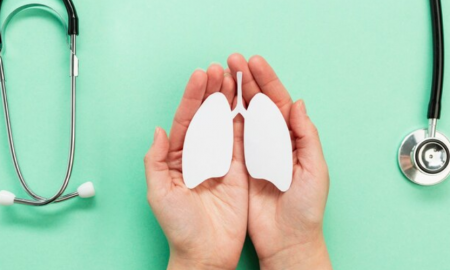

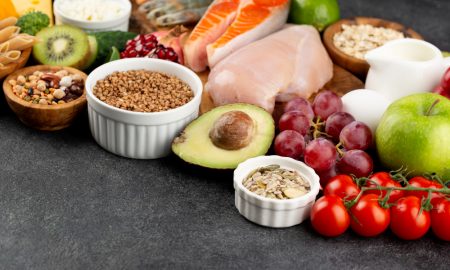

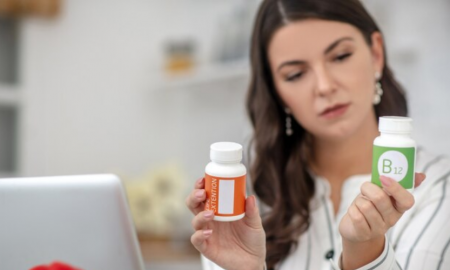








You must be logged in to post a comment Login